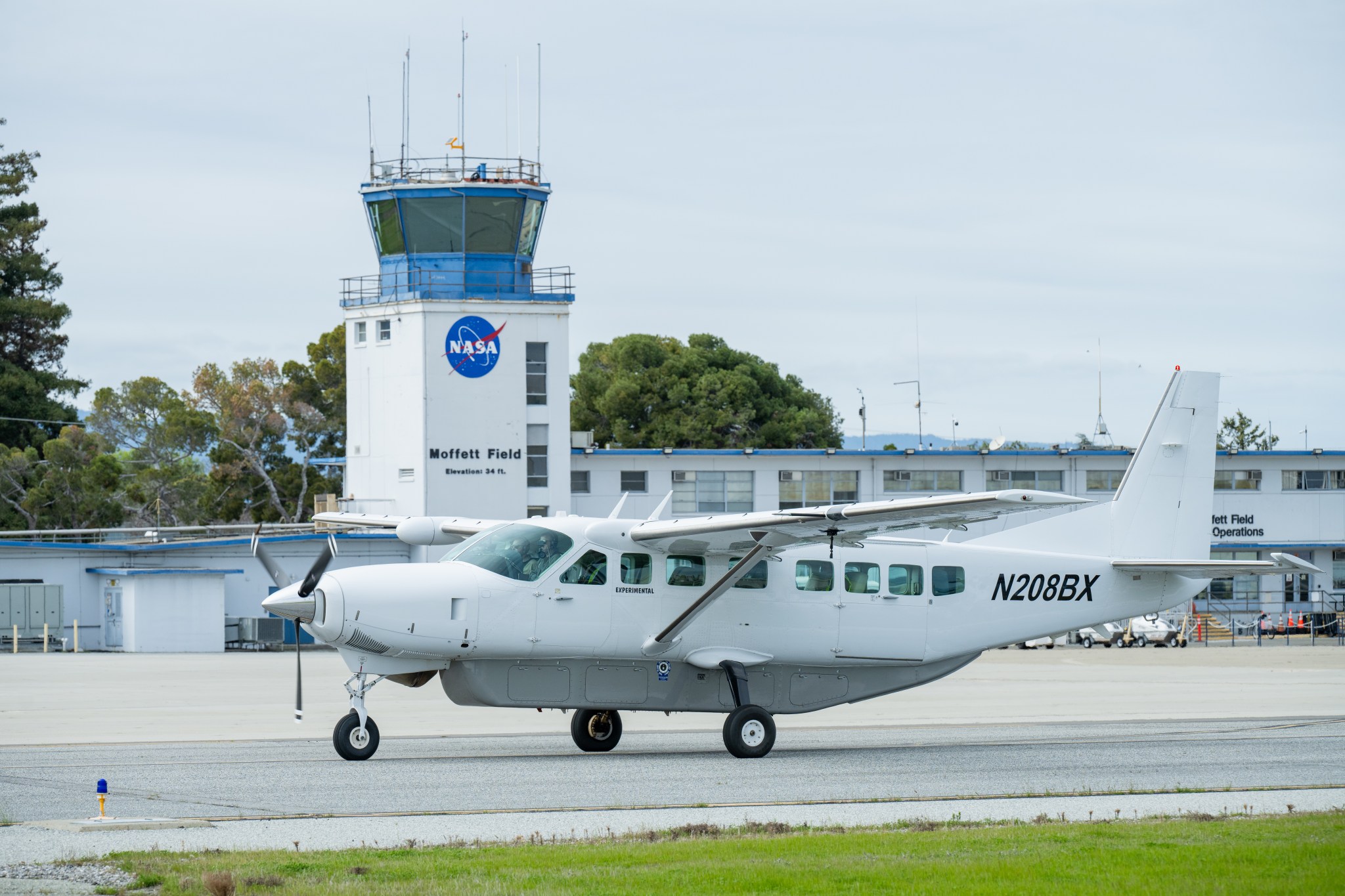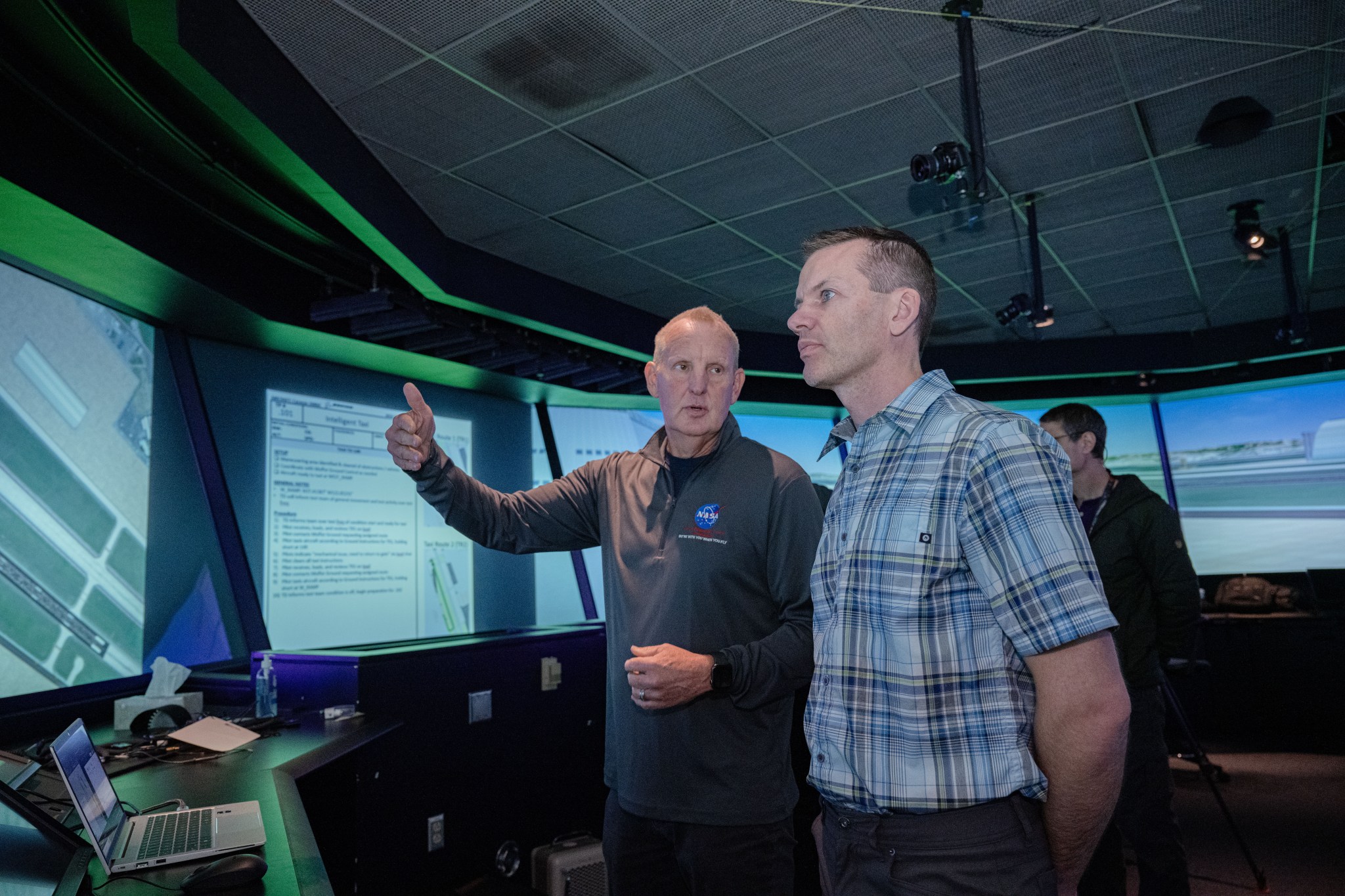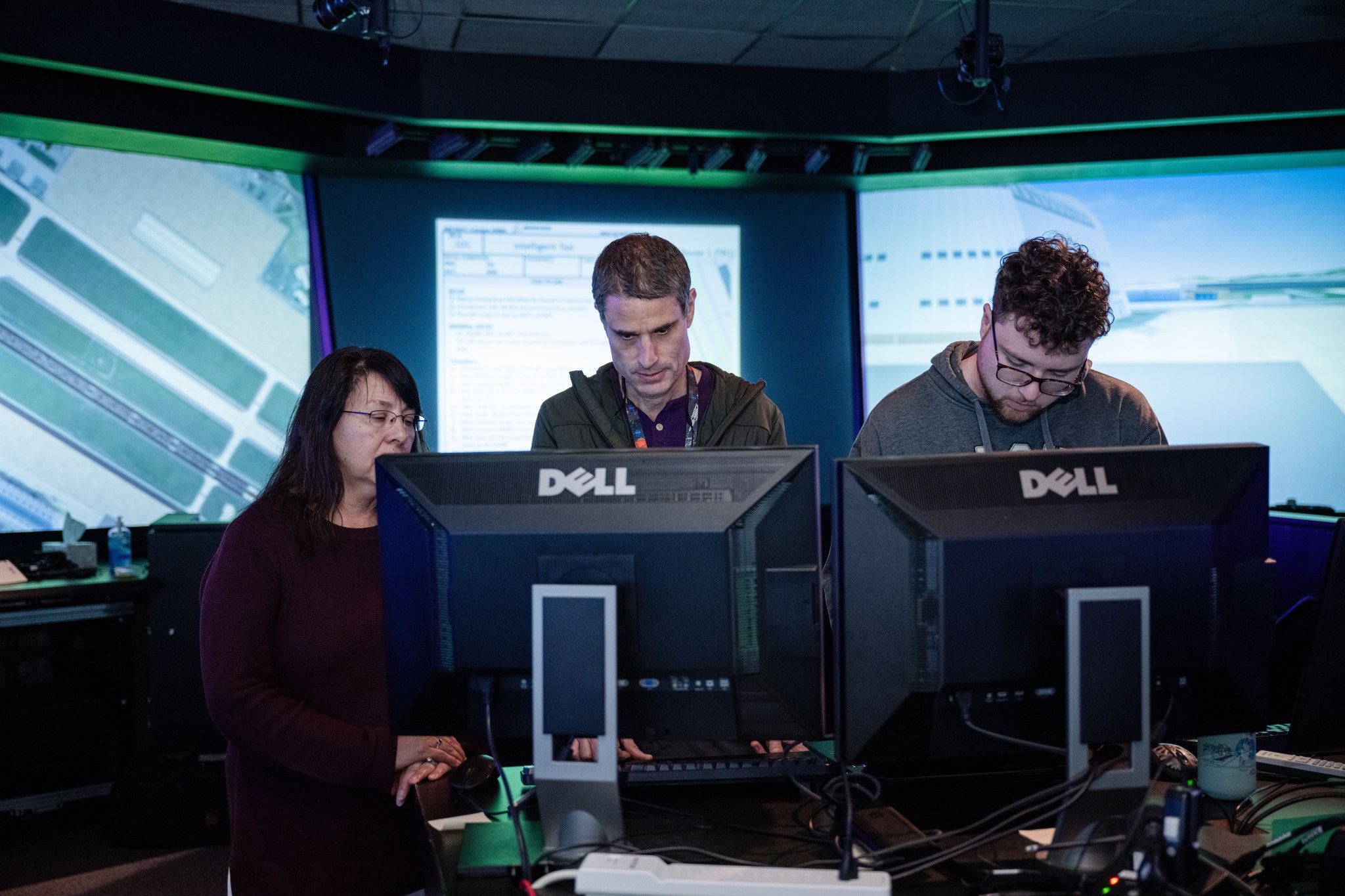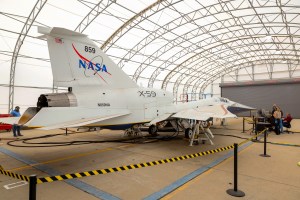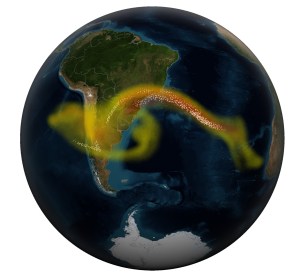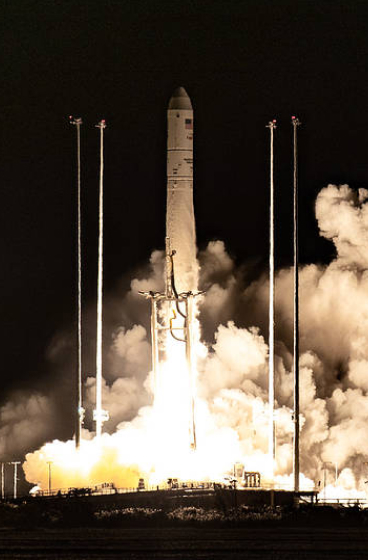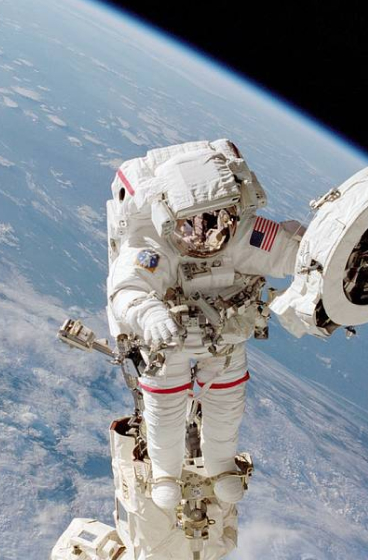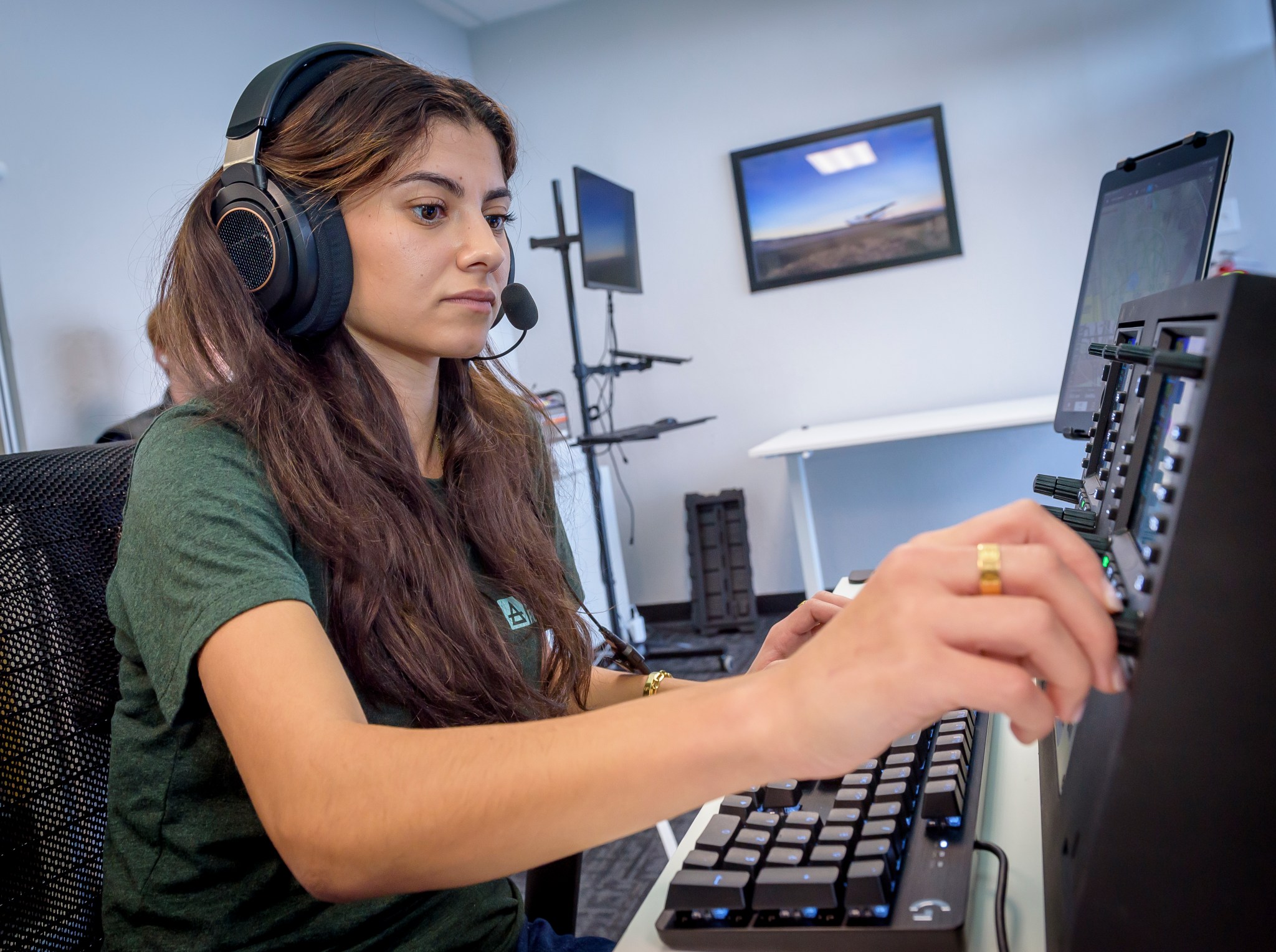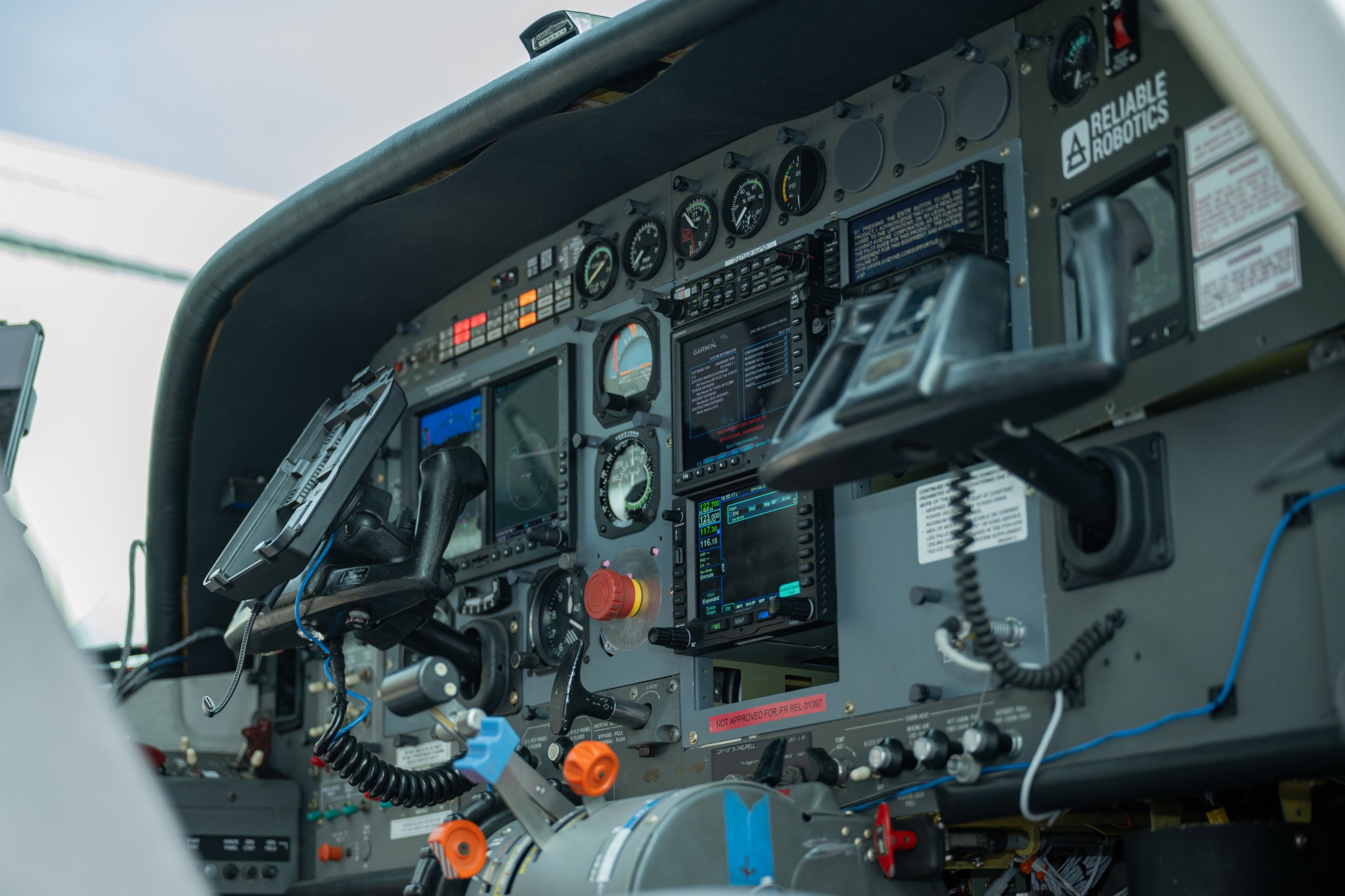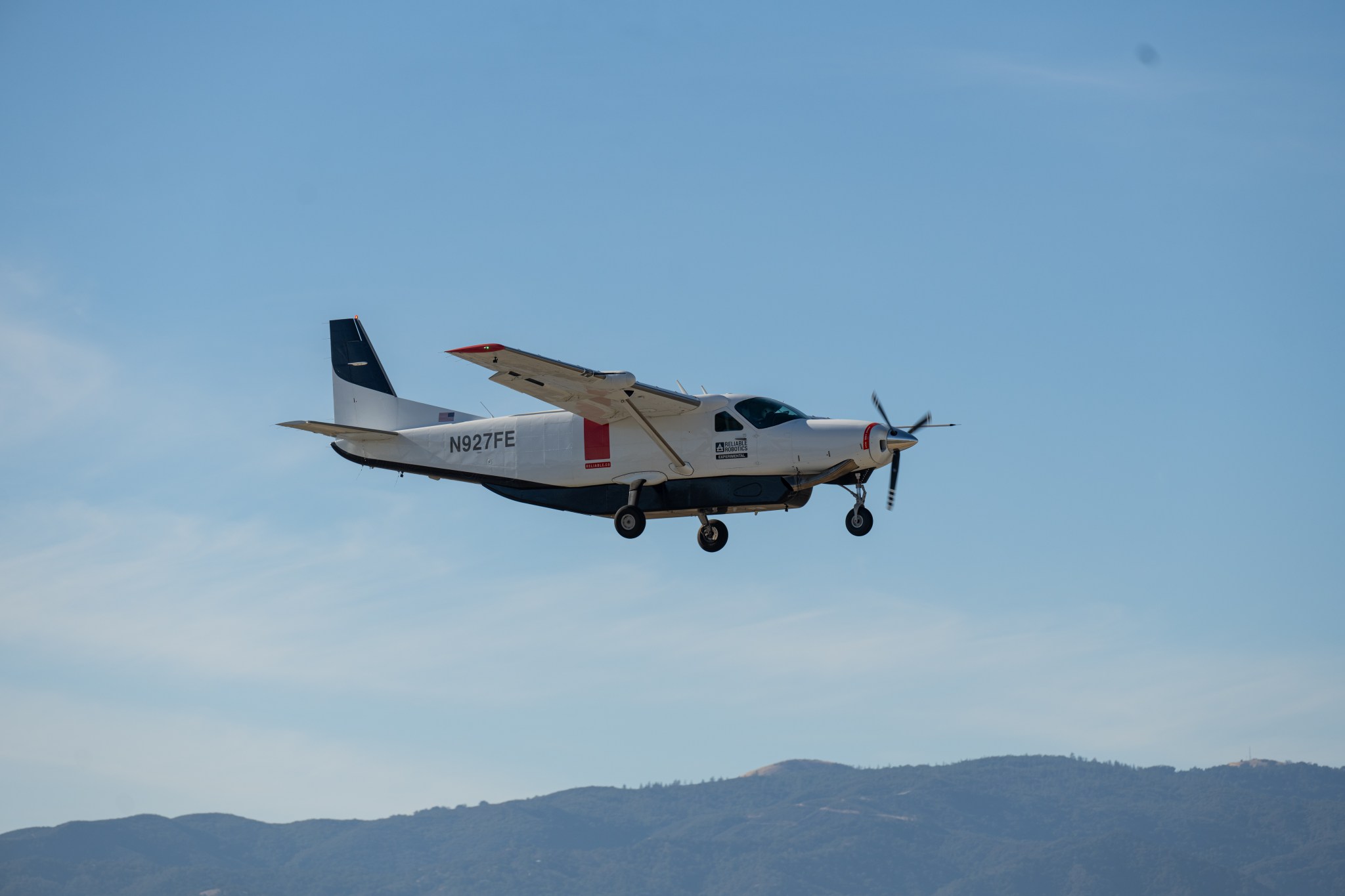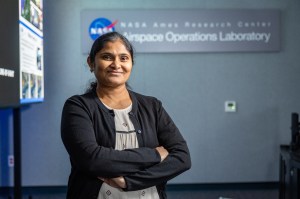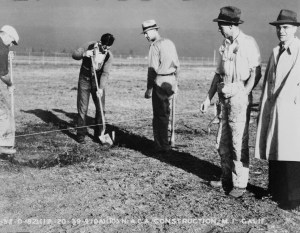NASA’s Moffett Federal Airfield Hosts Boeing Digital Taxi Tests
3 min read
Preparations for Next Moonwalk Simulations Underway (and Underwater)
New technology tested by an industry partner at NASA’s Ames Research Center in California’s Silicon Valley could improve how commercial planes taxi to and from gates to runways, making operations safer and more efficient on the surfaces of airports.
Airport taxiways are busy. Planes come and go while support vehicles provide maintenance, carry fuel, transport luggage, and more. Pilots must listen carefully to air traffic control when getting directions to the runway – and garbled communications and heavy workloads can cause issues that could lead to runway incursions or collisions.
Researchers at Boeing are working to address these issues by digitizing taxiway information and automating aircraft taxi functions. The team traveled to NASA Ames to collaborate with researchers while testing their technology at the Moffett Federal Airfield and NASA’s FutureFlight Central, an air traffic control simulation facility.
To test these new technologies, Boeing brought a custom single-engine test plane to the airfield. Working from FutureFlight Central, their researchers developed simulated taxiway instructions and deployed them to the test pilot’s digital tablet and the autonomous system.
Typically, taxiing requires verbal communication between an air traffic controller and a pilot. Boeing’s digital taxi release system displays visual turn-by-turn routes and directions directly on the pilot’s digital tablet.
“This project with Boeing lends credibility to the research being done across Ames,” said Adam Yingling, autonomy researcher for the Air Traffic Management-eXploration (ATM-X) program at NASA Ames. “We have a unique capability with our proximity to Moffett and the work Ames researchers are doing to advance air traffic capabilities and technologies to support the future of our national airspace that opens the door to work alongside commercial operators like Boeing.”
The team’s autonomous taxiing tests allowed its aircraft to follow the air traffic control’s digital instructions to transit to the runway without additional pilot inputs.
As commercial air travel increases and airspace gets busier, pilots and air traffic controllers have to manage heavier workloads. NASA is working with commercial partners to address those challenges through initiatives like its Air Traffic Management-eXploration project, which aims to transform air traffic management to accommodate new vehicles and air transportation options.
“In order to increase the safety and efficiency of our airspace operations, NASA research in collaboration with industry can demonstrate how specific functions can be automated to chart the course for enhancing traffic management on the airport surface,” said Shivanjli Sharma, ATM-X project manager at Ames.
